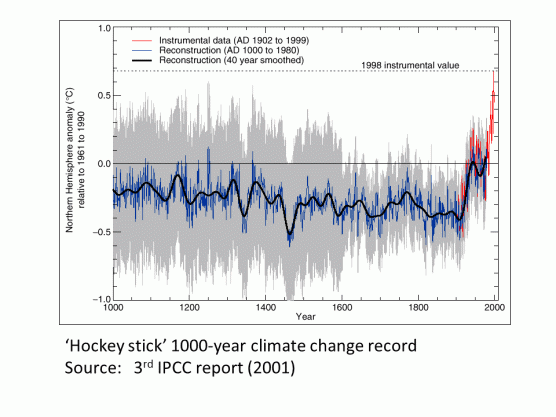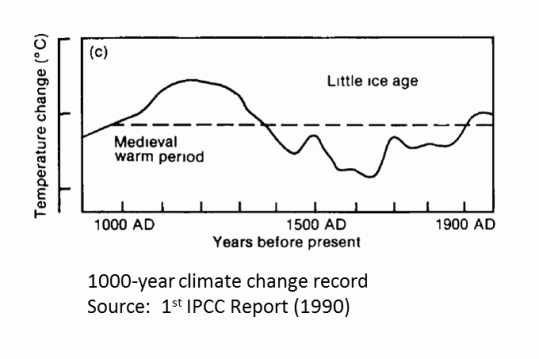I want to bring your attention to a dangerous chemical present in our environment. Dihydrogen monoxide (DHMO) was used extensively by the US in Vietnam, and the soil in many parts of Vietnam still has heavy concentrations of it. Although little publicity has been given to it, many US military bases keep large stocks of this chemical on hand and have underground distribution systems for it. DHMO is used in both nuclear arms factories and chemical weapons plants.
DHMO is colorless, odorless and tasteless, and exposure to it kills thousands of people every year. Prolonged exposure to its solid form can cause severe tissue damage, while exposure to the gaseous form can cause severe burns. DHMO has been used as a riot control agent in some parts of the world.
DHMO is a major component of acid rain, and contributes to global warming via the greenhouse effect. It has been found in almost every stream, lake, and reservoir in North America today, and is frequently found in excised tumours of terminal cancer patients. But the occurrence of this deadly chemical nowadays is global, and it has even been found in Antarctic ice. Much of our food supply is contaminated by DHMO. Items found in the produce section of your local supermarket frequently contain traces of it.
Although DHMO can have severe environmental effects, industrial companies routinely dump it into rivers and lakes. The impact on wildlife from environmental DHMO can be extreme, and its presence often makes otherwise fertile farmland unusable.
Have I scared you yet? Don’t worry, the chemical formula for dihydrogen monoxide is H20, otherwise known as water. Dihydrogen monoxide is just the formal chemical name for water. Read what I’ve written again, but this time substitute the word water for DHMO, and you’ll find that everything I’ve said is perfectly true, just pitched to sound scary. I’ve put in a lot of phrases to which most people will react negatively, such as nuclear arms factories and chemical weapons plants. Do they use water in these places? Sure they do – in the washrooms. Did the US use it in Vietnam? Well, they made coffee and took showers while they were there.
It isn’t difficult to write scary stuff like this and, unless you have the technical background to see through it, it can be difficult dismissing it for the nonsense it really is. The reason I’ve written it here is because governments and other organizations often use scare stories like this. If you manage to scare people, they are likely to run to you for help and agree to any measures you put forward.
Climate change is a good example of this. Unless we reduce our carbon dioxide output the world is going to heat up uncontrollably, there will be mighty tempests and scorching deserts, mass extinctions of wildlife, wars, famines and general assorted disasters. Do as your wise and noble government tells you, and with their inspired leadership and guidance we might all just survive, albeit with much higher taxes. Of course you mustn’t question any of these predictions, in case the whole facade falls down, so anyone who does so will be called a climate change denier and cast into outer darkness.
The hockey stick graph that appeared in the third Intergovernmental Panel on Climate Change (IPCC) report was pivotal to this scaremongering.  This graph purported to show that global temperatures were constant for a thousand years until the twentieth century, when there was a dramatic increase. The most charitable thing we can say about this graph is that it was generated using questionable statistical methods on a cherry-picked set of data. Despite the fact that it was completely at odds with a vast mass of historical data, and was even belied by data published in the first IPCC report, shown below for comparison, it suddenly became the focus of world-wide alarm on global warming. School classrooms had simplified copies of the hockey stick graph pinned up on their walls and children were taught that our industrial civilization was destroying the world.
This graph purported to show that global temperatures were constant for a thousand years until the twentieth century, when there was a dramatic increase. The most charitable thing we can say about this graph is that it was generated using questionable statistical methods on a cherry-picked set of data. Despite the fact that it was completely at odds with a vast mass of historical data, and was even belied by data published in the first IPCC report, shown below for comparison, it suddenly became the focus of world-wide alarm on global warming. School classrooms had simplified copies of the hockey stick graph pinned up on their walls and children were taught that our industrial civilization was destroying the world. This scaremongering didn’t happen spontaneously. It happened because influential people decided to use the hockey stick graph as a climate change scare story. Some people will support such actions, saying that they are for a good cause, and surely there is no harm done if the result is that we focus even more on tackling climate change. But this is a circular argument. What these people are saying is that they know that man-made climate change is a threat to the world (how they know is never stated – divine revelation?), so therefore any exaggerations and untruths that are promulgated by the-powers-that-be are justified. And of course the fact that more and more people then become worried about climate change as a result is justification for making even wilder exaggerations to force greater efforts upon us …
This scaremongering didn’t happen spontaneously. It happened because influential people decided to use the hockey stick graph as a climate change scare story. Some people will support such actions, saying that they are for a good cause, and surely there is no harm done if the result is that we focus even more on tackling climate change. But this is a circular argument. What these people are saying is that they know that man-made climate change is a threat to the world (how they know is never stated – divine revelation?), so therefore any exaggerations and untruths that are promulgated by the-powers-that-be are justified. And of course the fact that more and more people then become worried about climate change as a result is justification for making even wilder exaggerations to force greater efforts upon us …
To quote Björn Lomborg, This argument is astonishingly wrong. Such exaggerations do plenty of harm. Worrying excessively about global warming means that we worry less about other things, where we could do so much more good. We focus, for example, on global warming’s impact on malaria – which will be to put slightly more people at risk in 100 years – instead of tackling the half a billion people suffering from malaria today with prevention and treatment policies that are much cheaper and dramatically more effective than carbon reduction would be. … But the worst cost of exaggeration, I believe, is the unnecessary alarm that it causes – particularly among children. Recently, I discussed climate change with a group of Danish teenagers. One of them worried that global warming would cause the planet to “explode” – and all the others had similar fears.
Putting fears about exploding planets to one side, even the fears about malaria caused by global warming are unfounded. They are just another scare story. Malaria is not a tropical disease, it is a poverty disease. Mosquitos breed in swamps and wetlands, and once these are drained the mosquito population largely disappears. Malaria was endemic in Britain in Shakespeare’s time, except it was called ague in those days. Shakespeare mentions it often – This is some monster of the isle with four legs, who hath got, as I take it, an ague, The Tempest, Act II Scene 2.
One of the worst outbreaks of malaria ever recorded occurred in Russia during its civil war in the early 1920’s. Archangel, just south of the Arctic circle, was particularly badly hit, which does rather call into question the ‘tropical disease’ theory of malaria.
Scaremongering is a major tool of governments and many environmental NGOs. The next time your friendly neighbourhood government tells you that the world is going to come to a nasty end unless we … (fill in the blank, but don’t forget it always includes more taxes and regulations), just say to yourself dihydrogen monoxide!
I might add that the IPCC, in 2014, declared that there had been no global warming since 1998 so ‘climate change’ came into being. Please enlighten me as to what, them, causes climate change that is man-made. That is the question that needs to be asked of the enviro-nut cases.
Thanks for the great example of the press’ dramatic, exaggerated offerings. So true, Roger.
Liz
LikeLike